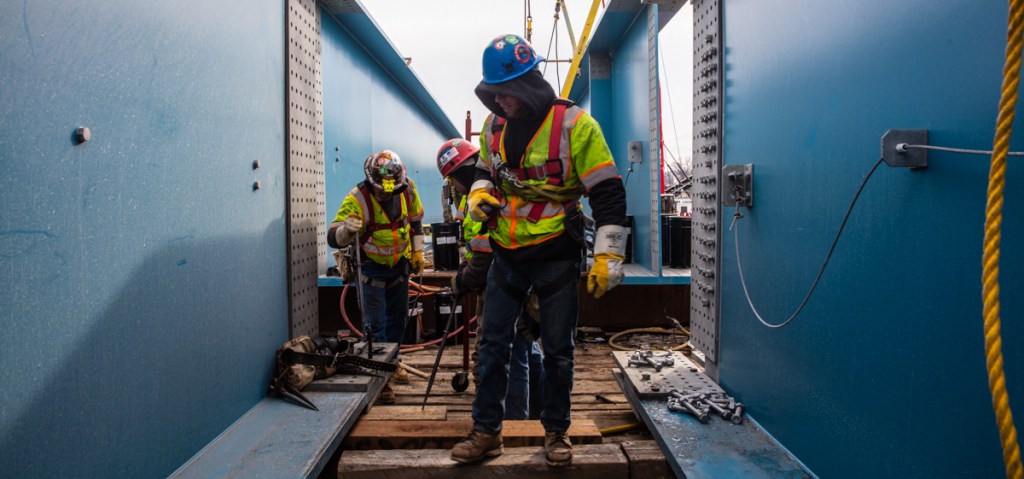
There’s a lot going on. But there’s also a lot of work to do.
It’s Infrastructure Week. No, you guys, for reals though!
wait it actually IS infrastructure week again
— Ben Wikler (@benwikler) May 14, 2018
Before i forget…. Happy Infrastructure Week!! (5th- time’s a charm)
— Stephanie Ruhle (@SRuhle) May 14, 2018
Well there goes another infrastructure week https://t.co/Uhb1nQsdzU
— Rick Wilson (@TheRickWilson) May 15, 2018
The concept of “Infrastructure Week” has become a bit of a joke here in the D.C. swamp, since it seems like every single time the White House intends to focus on infrastructure, there’s a big distraction.
But it actually is Infrastructure Week this time. Hundreds of organizations —big business groups like the Chamber of Commerce, labor leaders like the AFL-CIO, and even good old AAM — are taking part in the official advocacy effort to push for major investment in our nation’s roads, bridges, public transit, ports, railways, airports, pipelines, and more.
There’s even a hashtag: #TimetoBuild.
But sadly, the party was spoiled before it even began. White House Press Secretary Sarah Huckabee Sanders announced last week there is not likely to be an infrastructure bill this year (something Senate Democrats had a bit of fun with):
This week, @PressSec said there won’t be an #Infrastructure bill this year. Here’s a tribute to #InfrastructureWeek, which was sadly over before it began. pic.twitter.com/2oG05xzN4m
— Senate Democrats (@SenateDems) May 11, 2018
In all seriousness, there’s a reason why the issue of infrastructure keeps coming up: America’s infrastructure is in bad shape. Like, we’re talking really bad.
The American Society of Civil Engineers gives our infrastructure a D+ grade. There are more than 56,000 bridges across the United States that are structurally deficient, an especially troubling stat considering there are 188 million trips across these bridges each day. U.S. airports are notoriously overcrowded and unable to keep up with demand; our public transit systems are plagued by overdue maintenance and underinvestment; and our water pipelines are so outdated that there are an estimated 240,000 water main breaks every year.
And don’t get us started on the mess that is our hazardous waste. It’s not comforting.
Everybody seems to understand that infrastructure is a big problem (there aren’t many issues that would bring the Chamber of Commerce and AFL-CIO together, after all).
During the 2016 presidential campaign, Donald Trump and Hillary Clinton even tried to outgun each other on how much money they would spend to repair infrastructure. After Trump took office, he repeatedly said infrastructure would be one of his top priorities.
Two years later, nothing has been done. It’s really a lost opportunity.
Making a major investment in infrastructure would provide a big boost to our economy and create jobs — especially if Buy America preferences are applied (another thing Trump pledged to do).
Duke University researchers estimated in a 2014 report that a long-term transportation bill worth $114 billion annually would create 2.5 million new jobs; each $1 billion in investment creates 21,000 new jobs. And every dollar invested would generate $3.5+ in return.
Inaction, meanwhile, has cost over 900,000 jobs and is creating a drag on the economy (aside from the obvious dangers that delaying repair presents).
And yet here we are. Another Infrastructure Week has been met with more distractions from the White House’s resident steak salesman (h/t Matt McMullan). Another Infrastructure Week will likely go by without any real progress made on infrastructure. Another lost opportunity to fix some real world problems, create millions of jobs and uplift the economy.
